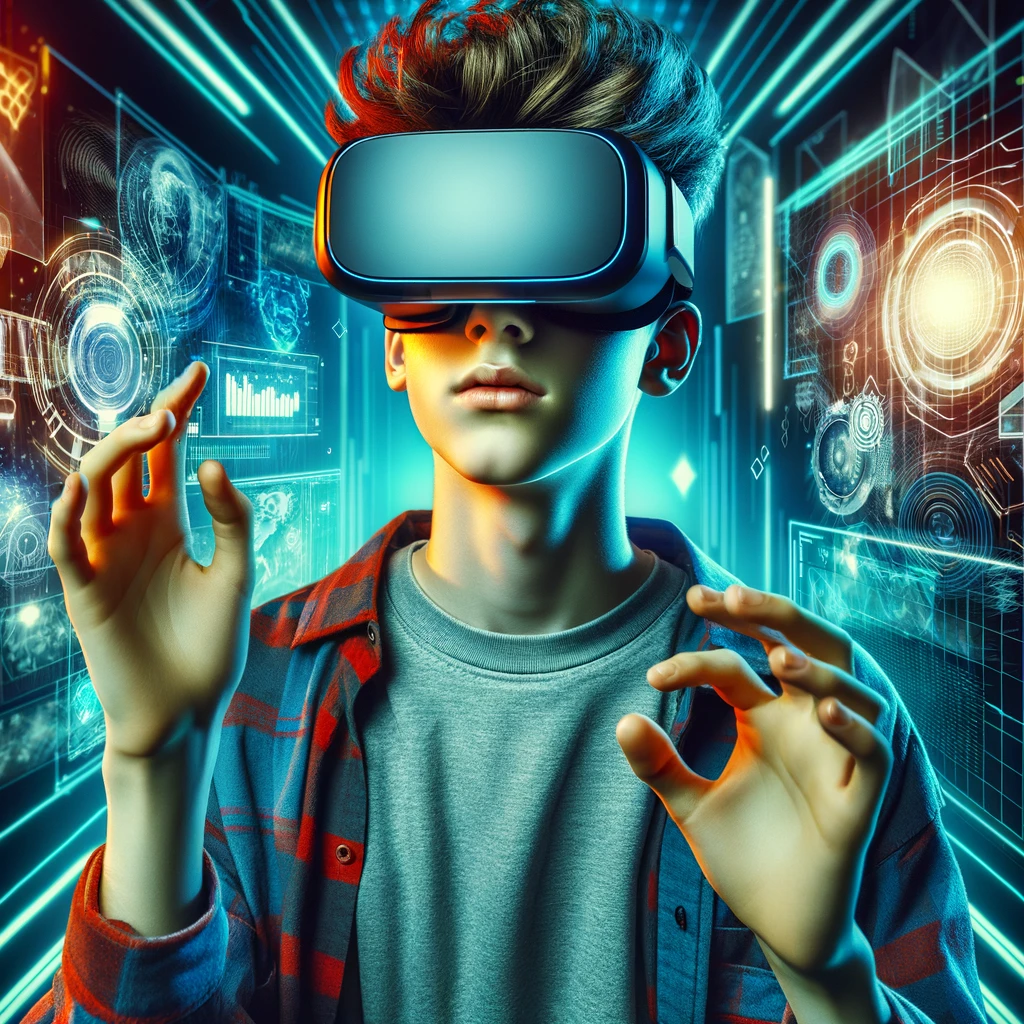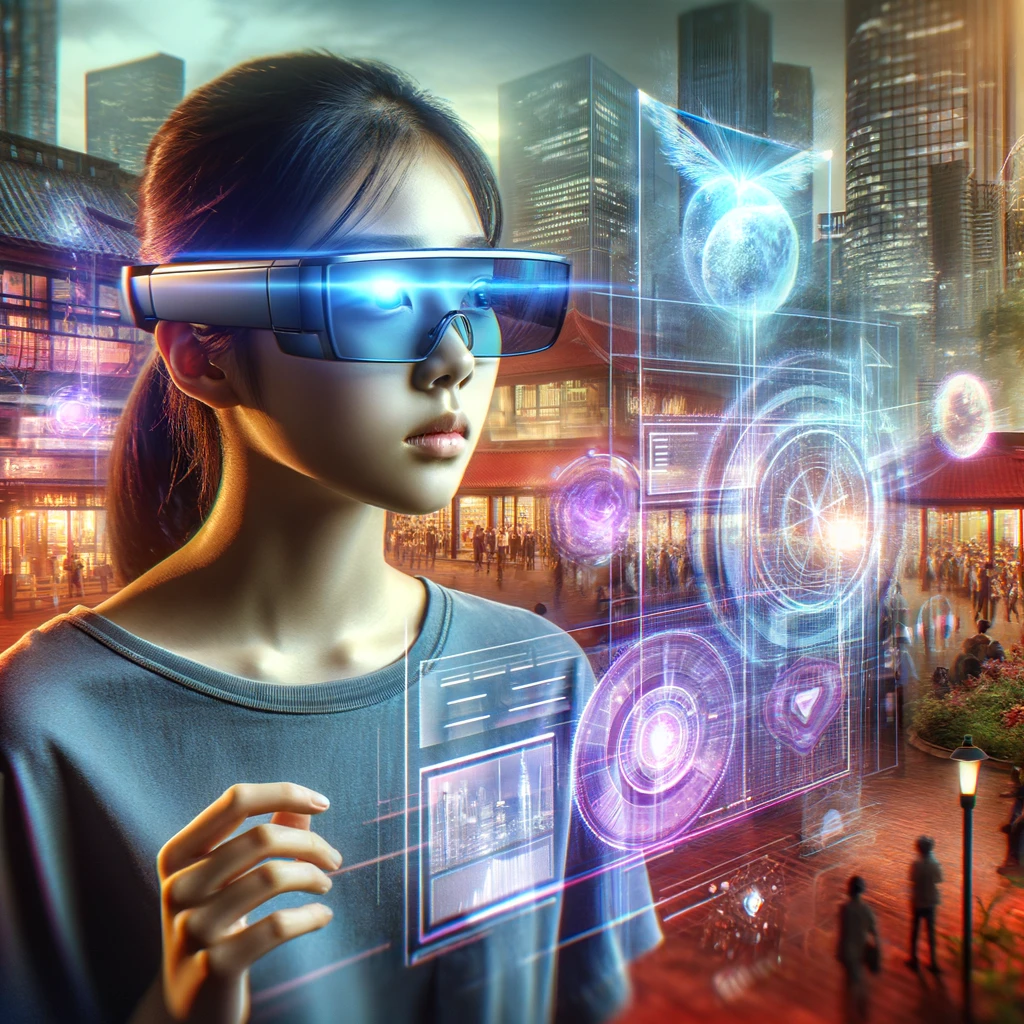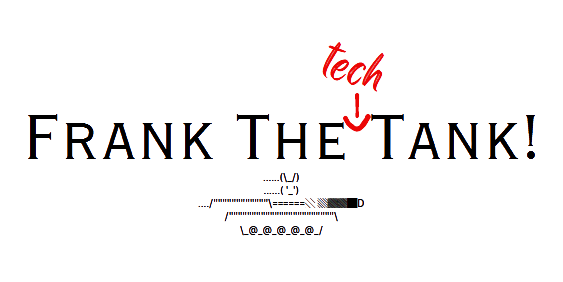
Unveiling the New Age of Digital Interaction
In the ever-evolving landscape of technology, Augmented Reality (AR) and Virtual Reality (VR) stand out as two of the most exciting and rapidly developing areas. These technologies are not just reshaping our digital interactions but are also significantly impacting various industries. This blog post aims to demystify the latest advancements in AR and VR, highlighting new devices, applications, and market trends.
1. The Latest Devices in AR and VR
Augmented Reality (AR) Devices:
- Smart Glasses: The new wave of AR smart glasses is sleeker and more powerful, offering enhanced connectivity and immersive experiences. Brands like Magic Leap and Nreal are leading the way with lightweight designs and advanced features.
- Mobile AR: Smartphones continue to be a primary medium for AR experiences. The latest models come equipped with more powerful processors and advanced cameras, making AR more accessible and interactive.
Virtual Reality (VR) Devices:
- Standalone VR Headsets: The newest VR headsets, like the Oculus Quest series, are offering standalone experiences without the need for external computers or sensors. These headsets are not only more powerful but also offer a wider field of view and higher resolution.
- Haptic Feedback Accessories: To enhance the immersive experience, new haptic feedback accessories like gloves and vests are being developed, allowing users to feel and interact with virtual environments in a more realistic way.

2. Innovative Applications of AR and VR
In Education and Training:
- AR and VR are revolutionizing education and training by providing interactive and immersive learning experiences. These technologies are being used for medical training, mechanical repair simulations, and even in history education, offering a 3D perspective of historical events.
In Healthcare:
- AR is assisting surgeons with overlaying digital information during surgeries. VR, on the other hand, is being used for patient rehabilitation and therapy, offering virtual environments that aid in recovery and mental health.
In Retail and Marketing:
- AR is transforming the retail industry by enabling virtual try-ons and in-store navigation. VR is being used for virtual showrooms and interactive advertising, offering a new dimension to customer engagement.
3. Market Trends and Future Outlook
The Growing Market:
- The AR and VR market is expected to grow exponentially in the coming years. This growth is driven by increasing investment in these technologies, along with their expanding applications in various sectors.
The Future of AR and VR:
- We are likely to see more integration of AR and VR in everyday life. This includes the development of AR-based navigation systems, virtual social interactions, and more immersive entertainment options.
Challenges and Opportunities:
- While these technologies offer immense potential, there are challenges, such as the need for better battery life and the management of privacy concerns. However, continuous innovation is addressing these challenges, opening up new opportunities.
The advancements in AR and VR are not just technological feats but are gateways to new realms of experiences and possibilities. As these technologies continue to evolve, they promise to transform how we interact with the digital world and with each other. Stay tuned to this space for more updates on the fascinating world of AR and VR.
